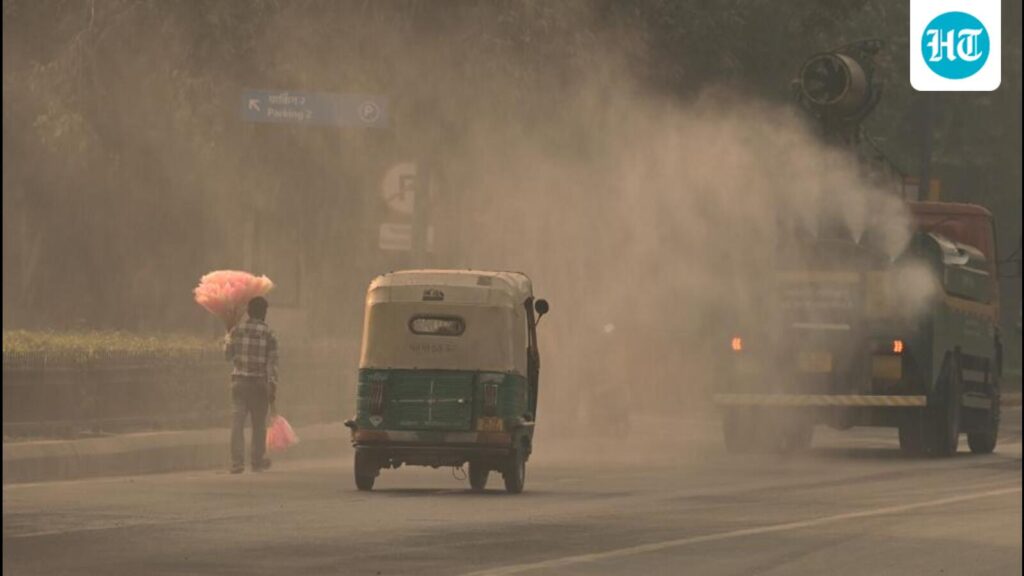The air quality in New Delhi deteriorated further on Sunday, with the Air Quality Index (AQI) reaching 391, just shy of the “very poor” category. Data from the Central Pollution Control Board (CPCB) indicated that 23 out of 39 active monitoring stations reported ‘severe’ levels of pollution. The last recorded AQI in the “tough” category was 406 on December 23, 2024. Despite the elevated AQI, the Commission for Air Quality Management (CAQM) has not initiated Stage 3 measures of the Graded Response Action Plan (GRAP), even while the AQI thresholds for stricter controls have been breached.
Delhi Chief Minister Rekha Gupta advised residents to carpool and use public transport, while encouraging remote work for private employees. The Delhi Pollution Control Commission responded to allegations of data inaccuracies by stating air quality had improved in early November compared to last year. Rohini and Wazirpur were the most affected areas, with AQI values of 435 and 434, respectively.
Under Stage 3 of GRAP, various restrictions would be enacted, including bans on certain vehicles and construction activities, along with hybrid classes for younger students. Additionally, Delhi experienced a minimum temperature of 11.6 degrees Celsius, influenced by cold winds, with predictions indicating PM2.5 levels would contribute significantly to air pollution.
Source link


